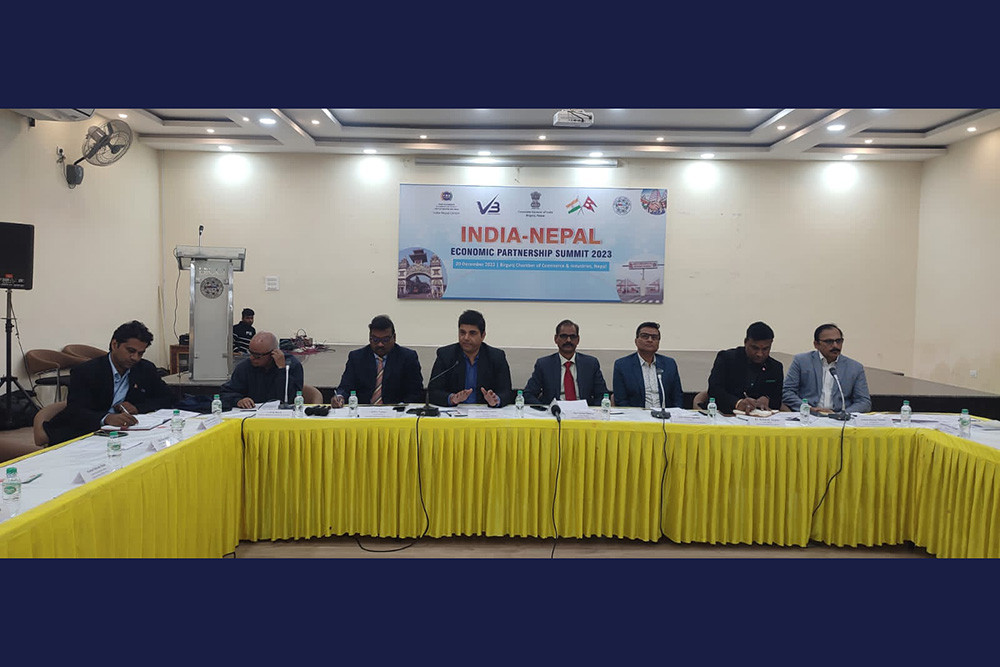
KATHMANDU: Nepal Rastra Bank (NRB) on October 5 issued the Unified Directives, 2079 for banks and financial institutions (BFIs).
As per the amended directives issued by the central bank, commercial banks will have to maintain countercyclical buffer as stipulated in Capital Adequacy Framework 2015 from fiscal year 2023/24. By the end of FY 2023/24, such a buffer will have to be maintained at 0.5%.
The loans provided by BFIs to industries such as hotels and restaurants, animal husbandry and poultry farming, construction (including cement, rod, bricks/blocks, pipes and fittings) including loans related to education and health, loans in investment in projects affected by natural disasters such as floods, landslides, earthquakes; and loans up to Rs 50 million in all other sectors, can be rescheduled or restructured at the request of the borrower, after analysing the cash flow and income of the industry/business.
The reschedule or restructure of loans should be completed by January 14, 2024. Loans classified as active till April 13, 2023 can be rescheduled or restructured by maintaining 5% loan loss provision.
The BFIs should maintain a 1.25% general loan loss arrangement in the last year by proportionally arranging loan losses every year until the moratorium on good loans related to energy and infrastructure construction projects with a moratorium of more than one year.
For instance, if the moratorium of a loan is 4 years, for such a loan, 0.325% in the first year, 0.65% in the second year, 0.975% in the third year and 1.25% from the fourth year can be maintained.
The BFIs can maintain general loan loss at 0.25% in the first year, 0.6% in the second year 0.6% in the third year and thereafter 1.25% from year to year in loans provided for agriculture and farming including silk, jute, cotton and commercial fruit farming such as mango, orange, sweet lemon, mausambi, kiwi, dragon fruit, lime, litchi and avocado.
When it is ensured that the production capacity of the national priority projects related to hydropower, cable car, cement, star hotels or other infrastructure construction being carried out with loans from BFIs will be expanded, and the borrowers who are not in a position to repay the loan in the initially specified repayment schedule due to increase in investment or other costs. Only 1.25% loan loss arrangement can be maintained if the projects are rescheduled or restructured by fulfilling the following conditions. In this way, restructured or restructured loans can be classified as good loans.
If the loan for poultry farming cannot be repaid according to the specified repayment schedule or condition due to bird flu and the loan has to be restructured or rescheduled, with the borrower's written statement to repay the loan, adequate mortgage security and the ability to repay the loan in the future, the BFIs can maintain 1.25 % loan loss.
BFIs can disburse personal purpose loans of any heading including undisclosed overdrafts, mortgage loans, property loans, personal term loans, and share mortgage loans up to Rs 5 million per customer only.
When providing such new loans with real estate mortgages, adding loans or renewing loans, the loan to value ratio between the loan and the fair market value of the mortgage has to be maintained up to a maximum of 50%.
BFIs will have to use the credit rating conducted by credit rating agency while granting or renewing loans to borrowers taking loans of Rs 500 million or more. However, this arrangement will not be mandatory in the case of loans to licensed "D" category microfinance institutions, according to the new Unified Directives for BFIs.
When BFIs recover the amount from the respective borrowers, first the interest amount should be fully recovered and the remaining amount should be reconciled with the principal. In the case of loans that are paid in instalments, there will be no hindrance to recovering the oldest instalment on the basis of overdue instalments.
The loan-to-value ratio between the real estate loan and the fair market value of the collateral must be maintained at a maximum of 50%. However, in the case of personal residential home loans and loans granted to House construction business companies or projects approved by the Nepal government that are registered and operating as per the rules, such loan to value ratio can be maintained up to a maximum of 60%.





